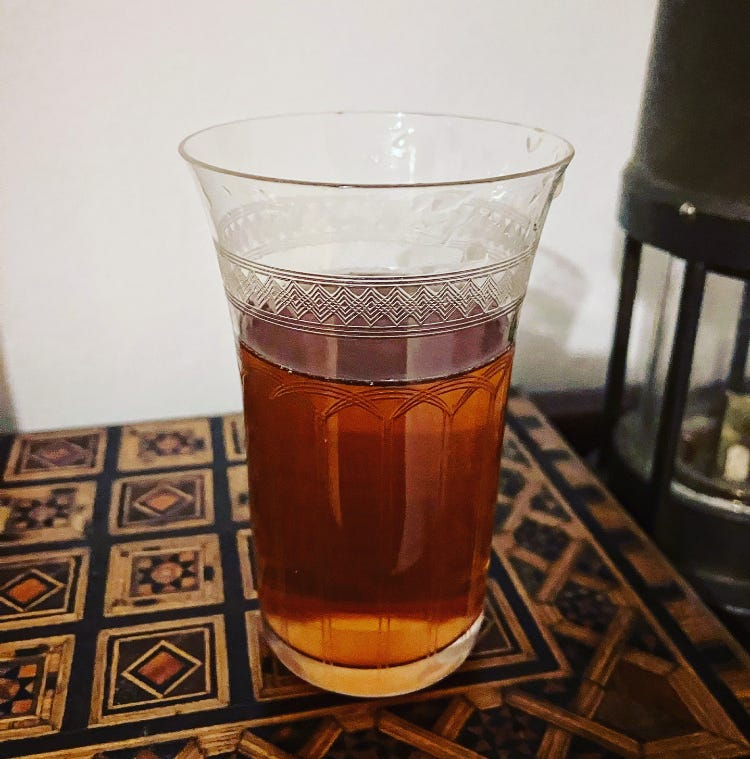~ PINK GIN ~
10-12 dashes of Angostura bitters
50ml gin
Don’t freeze your glassware. Add a liberal amount of bitters to the bottom of a glass, roll around to coat, then add the gin, sugar and water to taste. No ice, no garnish.
Some Pink Gin notes:
1. OK, if you really insist, you may add ice.
2. No garnish though.
3. And ideally, that gin is Plymouth Navy …
Keep reading with a 7-day free trial
Subscribe to The Spirits to keep reading this post and get 7 days of free access to the full post archives.




